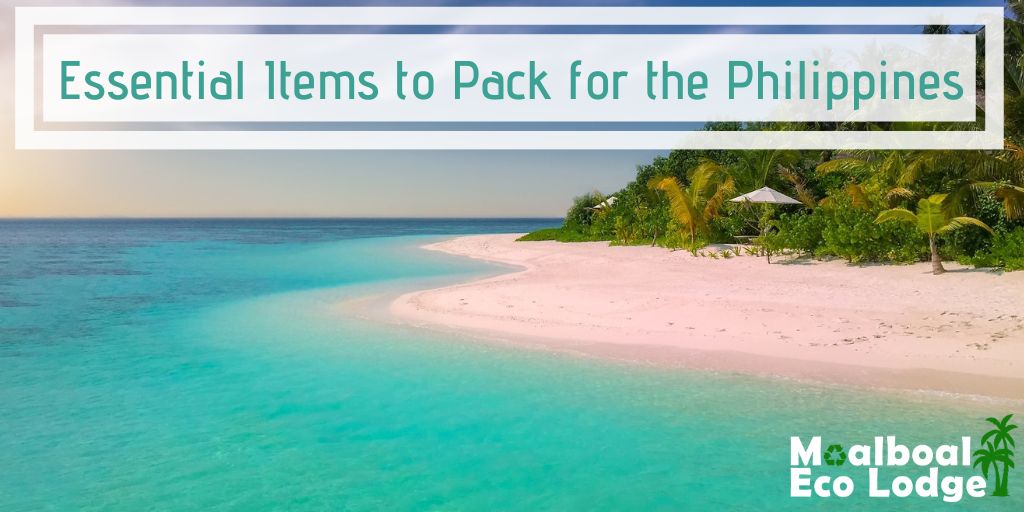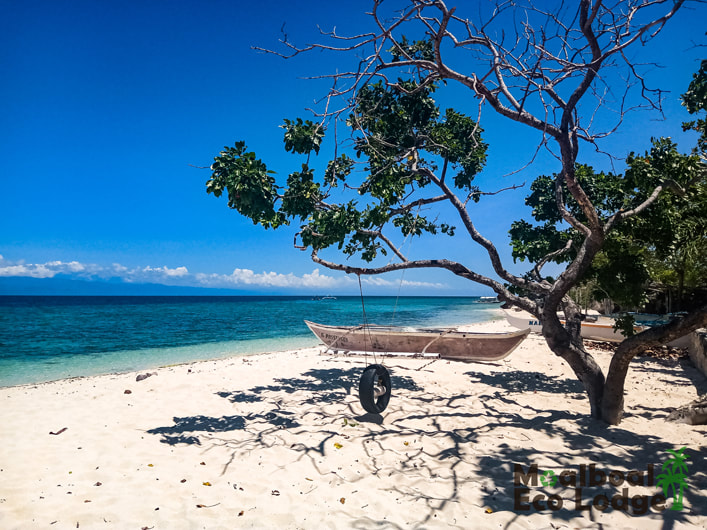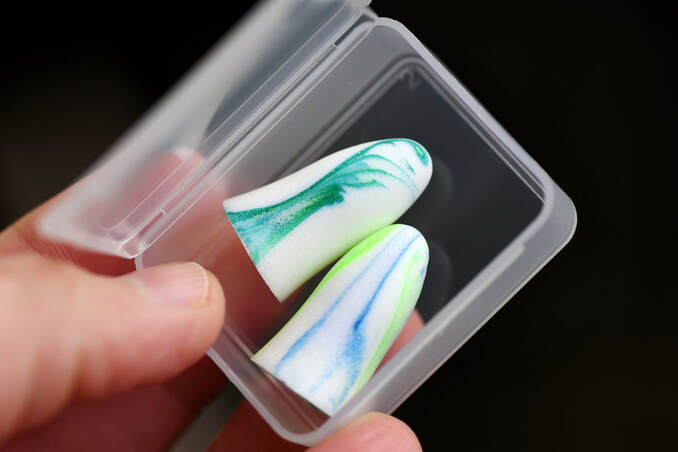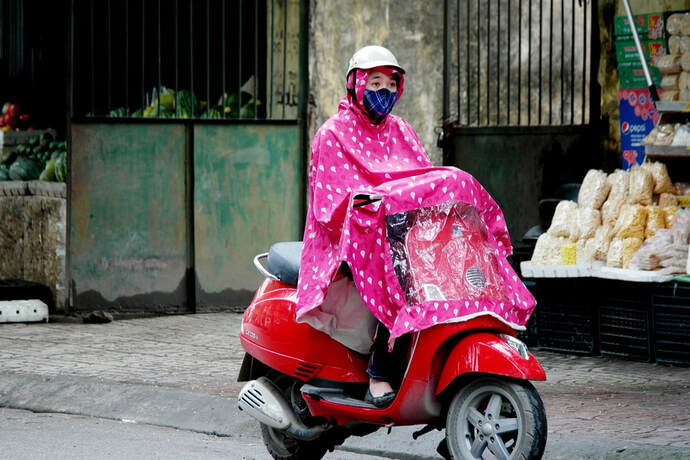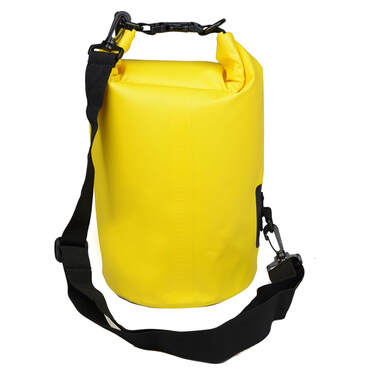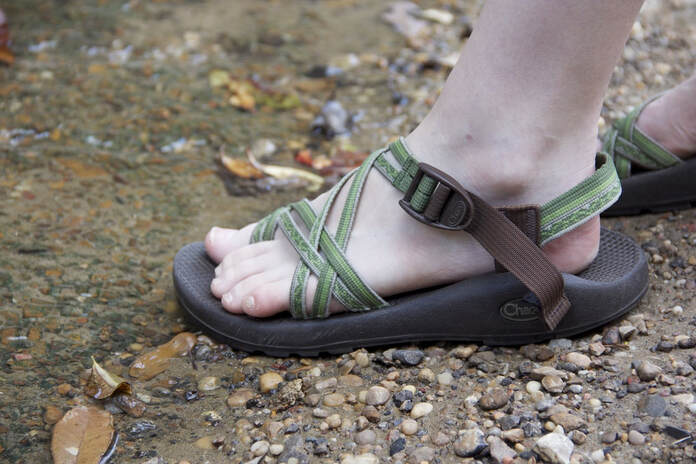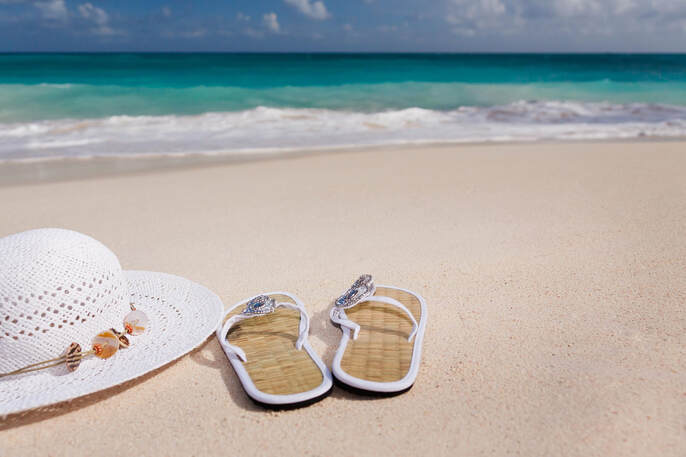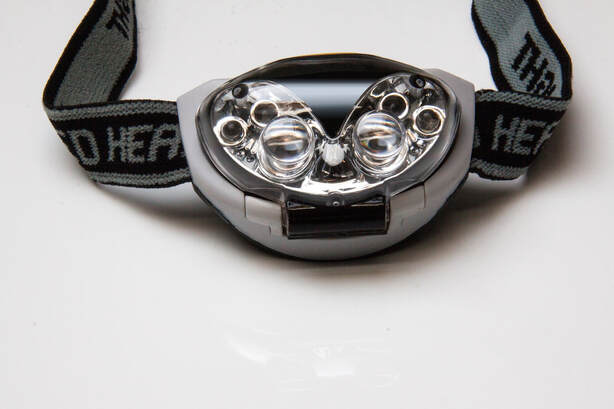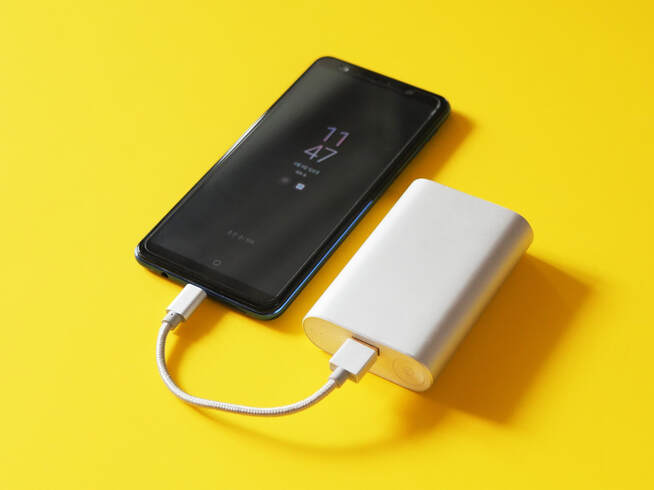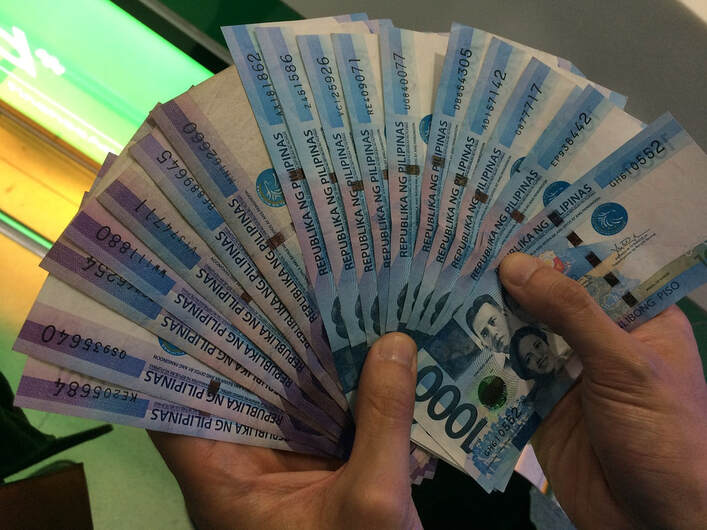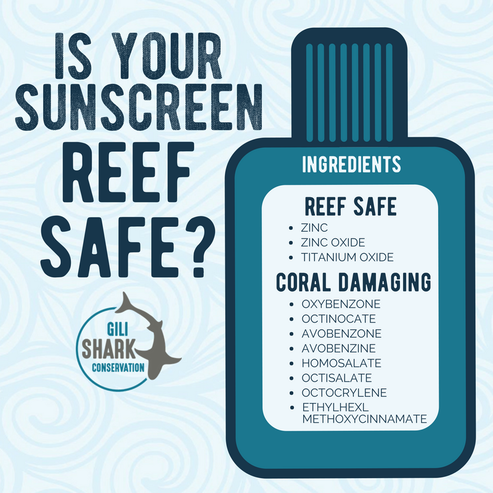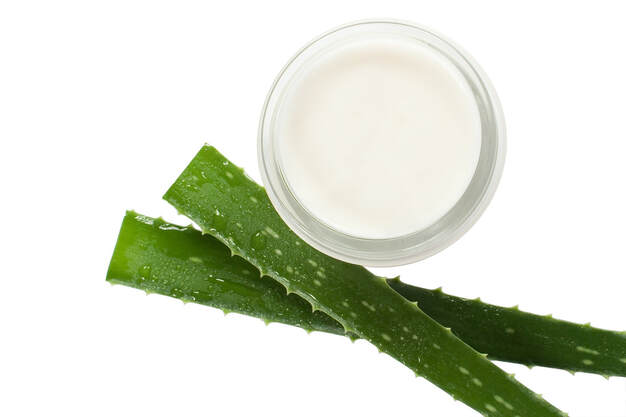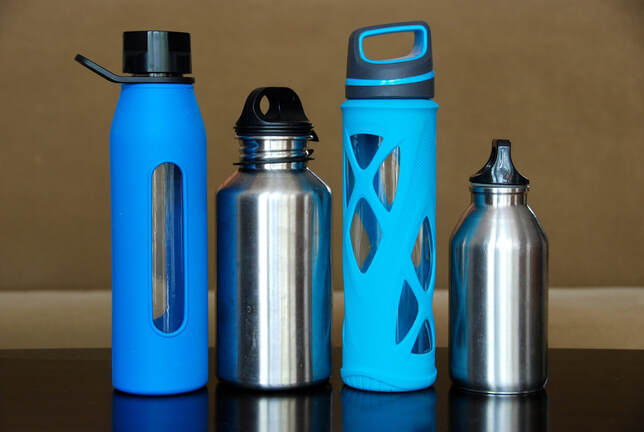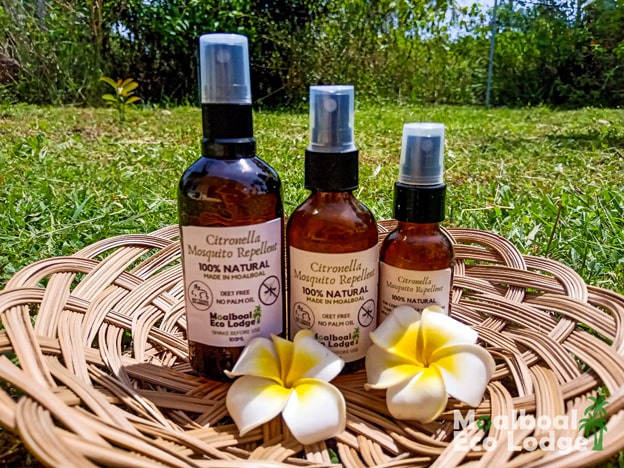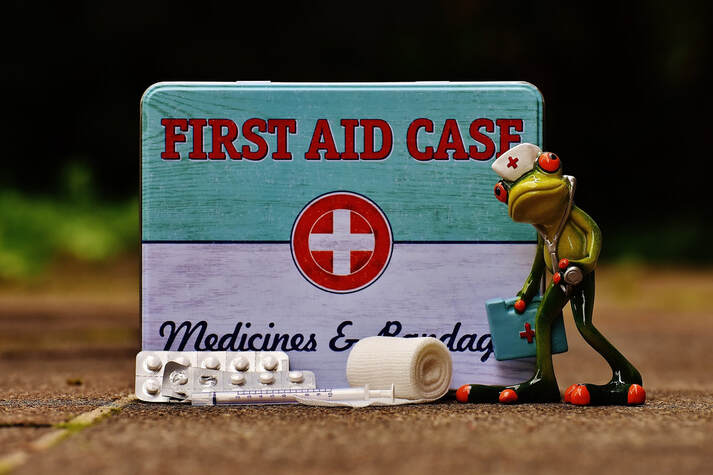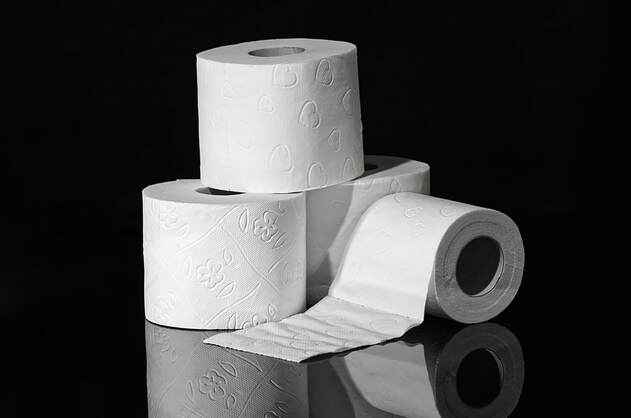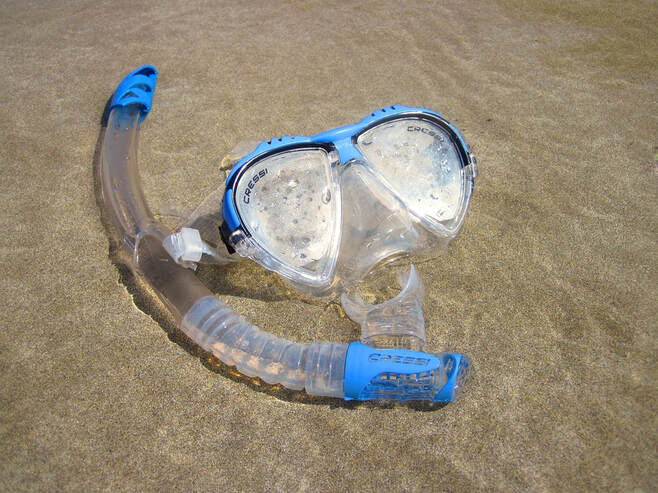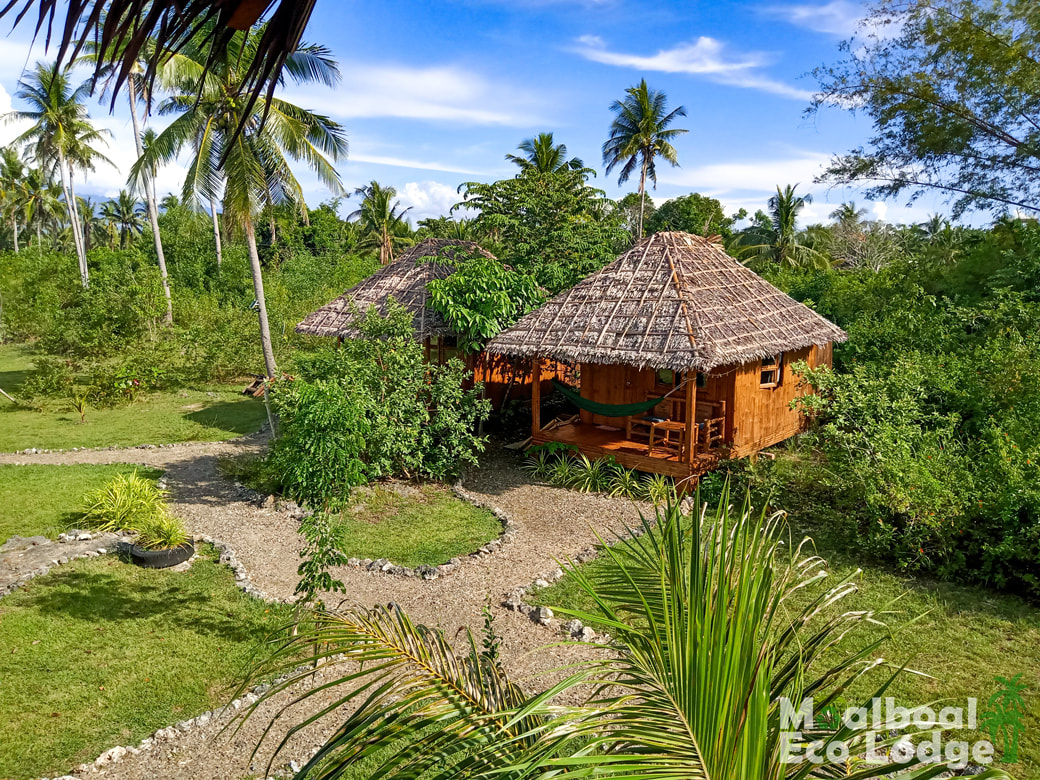|
So you’ve bought your flight ticket, your accommodation is booked, and you are excited about travelling to the Philippines! There are over 7,000 islands that make up the Philippines, many are bursting with white sand beaches, warm turquoise oceans, stunning waterfalls to swim in, gorgeous mountain views, and of course palm trees for that quintessential tropical island feel. To make your life easier, Moalboal Eco Lodge have compiled a list of essential items you need to pack for travel in the Philippines, some of which you may not have considered! Before we jump into the essential items you need to pack, we will just mention a couple of important things you need to know before you visit the Philippines. The Philippines only has two seasons; hot and wet or hot and dry, so you will spend most of your time wet from sweating, or wet from the rain. We’re sure you already have a packing list of which electronics to take, which plastic-free toiletries to use, or what clothes to wear in the Philippines, but one important tip is to pack loose light-weight clothes, and quick-drying clothes! Items that are thick will be too hot, and on rainy days they simply won’t dry. You just need one warm jumper for when you are travelling by plane/boat/coat etc, because the air conditioning is usually set to freezing. Another important thing you need to know is never underestimate how long it takes to travel around the Philippines, either by bus, taxi, ferry, plane or on a scooter. You will spend longer in transit than you initially think, so always factor in at least an extra hour (or two). Google Maps may tell you it only takes 1.5 hours to reach your destination, but it doesn’t allow for bad road conditions, landslides, being stuck in heavy traffic or simply getting lost. Now without any further ado, this is our list of essential items to pack. 1. Ear Plugs The Philippines can be loud sometimes, and it can be difficult to find accommodation without any noise. Filipinos like their music loud, and karaoke even louder, sometimes as early as 6am or 7am when they wake up. If there is a celebration such as a wedding, birthday, birth of a baby or any excuse to have a party, they will hire a karaoke machine with huge speakers to play at a very loud volume. If banging techno isn’t how you wish to start your day, pack your ear plugs. Oh and there are roosters everywhere! It is not true that they cock-a-doodle-doo only at dawn, it happens throughout the day and night which surprise people who haven't spent time around roosters. Cock fighting is huge all over the Philippines, and most homes have at least a few roosters. Related Post: Fun Facts about The Philippines 2. Lightweight Rain Jacket The Philippines is a tropical Country, and it can rain any time of year. Although there is a “dry season”, the weather will do what it wants regardless of what season it’s supposed to be. Weather patterns such as La Niña (the cooler, wetter version of El Niño which is the hot, dry weather) will also affect when it rains, and how much. To be on the safe side, always carry a fold-up lightweight rain jacket or poncho. It doesn’t need to be thick otherwise you will sweat from the humidity, but just something to stop you getting soaked to the bone when you’re on a scooter, or out on a day trip exploring. 3. Dry Bag Now we have established that the weather is unpredictable, you will understand why a dry bag is also essential. They are perfect for scooter day trips when chasing waterfalls, going to the beach, island hopping, trekking, the list is endless. As you never know when it will rain, it’s always best to carry your valuables or quick-dry towel in a dry bag (the sky can be bright blue by the ocean, but it pours with rain driving into the mountains). The bag doesn’t need to be huge, a 5L is good enough and for added comfort, try to find one with back straps. 4. Walking/Trekking Sandals or Water Shoes There are many amazing waterfalls to visit in the Philippines, so it’s best to carry either water shoes which you can use for swimming in the ocean, or trekking sandals which are great generally for walking. Wearing trekking sandals means you can transition easily from walking along jungle paths to a beautiful waterfall, then swim in the rock pools without stubbing your toe or standing on something sharp. They are also perfect for hiking Osmena Peak, or rice terraces in the north. Related Post: Cambais Falls: Day Trips From Moalboal 5. Flip Flops You will live in flip-flops, it’s basically all you need to explore the Philippines, especially if you are travelling around different islands. Unless you are attending a formal function, your feet will swell in trainers, closed toe shoes or heels due to the heat and humidity. Flip flops (or slippers as they are called in the Philippines) are lightweight, easy to slip on and off, but most importantly they keep your feet cool. Note: It’s polite to remove your footwear when entering someone’s home in Philippine culture. 6. Small Torch or Head Torch Head torches are needed to see your way through poorly lit or unlit streets, of which there are many in the Philippines. Another excellent use of a head torch is if you plan to swim in a cave such as Busay Cave and Spring. A head torch will keep your hands free for swimming, but also allows you to explore more easily. When visiting Philippine Islands, sometimes there are unscheduled power cuts which can last anything between a few minutes, to a few hours, to a whole day. Locals call this a brown out, and if it happens during the night, if your accommodation doesn’t have solar powered lights, it can be difficult to see pathways. 7. Power Bank As mentioned above, sometimes there are power outages and no electricity means you cannot charge your phone or other electrical devices. Power banks are also essential for long journeys between islands by boat, from airports to your accommodation by bus/taxi, and for waiting around airports to fly to your next paradise island. We use and recommend Anker, as they have two USB ports for multiple devices, a high capacity and charges quickly, however any good quality power bank is better than none at all. 8. Philippine Pesos Cash is King in the Philippines, especially on the islands. Most restaurants, hotels, local transport all use cash and cards are not accepted. Before you leave your home Country, it’s best to buy at least some of the local currency (which is Philippine Pesos) for convenience. Alternatively, make sure you use an ATM at the airport, or withdraw money as soon as you can. Some ATM machines run out of money simply because everyone has to use cash, and you don’t want to be stuck somewhere with only a few hundred pesos with final bill of a few thousand pesos. If you plan to spend a few weeks or months travelling around, you can download the GCash App which is very convenient to use, and most places accept GCash payments. NOTE: All ATM’s have a P10,000 withdrawal limit, but you can make multiple transactions. There is also a Country-wide transaction fee of P250 per withdrawal. 9. Reef Safe Sunscreen Most sun creams contain harmful chemicals such as Oxybenzone and Octinoxate which damage marine environments. When you hit the beach for sunbathing, swimming or snorkelling, bring your own reef safe sunscreen. Most supermarket sunscreens and skincare products contain whitening ingredients, and if you plan to get a tan, you may not be able to buy any sun cream to suit you. Reef safe sun cream is even harder to find, and it’s either sold in small quantities of 15g, or an 100ml bottle will be very expensive possibly twice the price of what you can buy in your own Country. We recommend you look for a Reef Safe Sunscreen made from Zinc Mineral, and doesn’t contain palm oil (or make sure it’s sustainably sourced palm oil which doesn’t affect the orang-utans or contribute to deforestation of the rainforest). Zinc sits on the surface of your skin forming a barrier against the sun, whereas other sun creams absorb into your skin. 10. After Sun or Aloe Vera Cream The Philippine sun can be very strong, even on overcast days, and it’s easy to burn without realising it. Even though you apply your reef safe sunscreen, you may spend more time on your scooter, or swim in the ocean longer than planned. These are easy mistakes to make, and before you realise it you are burnt. Sore skin can ruin a day or two of your trip, (aside from the fact it’s not good for your skin). After sun is not always available in supermarkets so it’s wise to take your own. A cheaper alternative is moisturiser containing aloe vera which works just as well, the trick is to apply thin layers frequently so your skin can soak it up. 11. Reusable Water Bottle Keeping hydrated is important in a tropical Country, so it’s always best to carry your own reusable water bottle. You can top it up at most hotels, and many restaurants provide “service water” which is filtered. Unfortunately, the Philippines is the world’s third biggest polluter of single use plastics into our oceans. Please do your part by taking your own reusable water bottle so you don’t contribute to the plastic pollution problem. If you choose to stay in eco-friendly accommodation, they will have a free water refill station. At Moalboal Eco Lodge, there is free use of a reusable water bottle for day trips if you don’t have your own. 12. Eco-Friendly Mosquito Repellent Tropical Countries unfortunately have mosquitos, especially after rain where they love to hang out in puddles and stagnant water. Dengue Fever is the most common mosquito borne disease in the Philippines. Admittedly DEET is the chemical which stops mosquitos, but it will melt your plastic watch strap, your nail varnish, the varnish on bamboo, so what on earth is it doing to your skin? Look for an eco-friendly mosquito repellent that contains Citronella, Lemongrass or any of the other many natural ingredients. If you are someone who is usually eaten alive, it’s also best to wear thin material leggings or something lightweight to cover your legs and arms. 13. Basic Medical Kit A basic first aid kit should be a packing essential for any Country, but it’s even more important in the tropics. A simple cut can become infected very easily, so in addition to the usual items in a first aid kit like plasters, bandages, antibacterial wipes, gloves etc, here are a few extra medical essentials:
14. Toilet Paper This may seem a strange essential for your list, but it’s best to pack a roll of toilet paper. Many Asian countries don’t use toilet paper for a number of reasons (their septic systems cannot cope, or they use other methods such as a “bum gun” or tabo). Using a “bum gun” or bidet as it’s called in the Philippines is actually better for the environment, and more hygienic. To be on the safe side to ensure you are not caught short on a boat, in a bar, restaurant, service station etc, always carry a few sheets of toilet paper with hand sanitiser and your day will not be ruined! 15. Mask and Snorkel Some people may disagree that a mask and snorkel isn’t an essential item to pack because they are bulky, but if you are a scuba diver or love to snorkel, we believe it is essential. There are many beautiful places to snorkel in the Philippines, and if you plan to go island hopping, taking your own mask and snorkel will give you more freedom. Island Hopping tours in Moalboal, Coron, or Bohol do include a mask and snorkel, but we always prefer to take our own for comfort, when scuba diving, and also hygiene reasons. In Moalboal, Cebu, the famous sardine run can be seen just off the beach without the need for a guide or tour. Many people also enjoy snorkelling at Basdako “White Beach”, and having your own set means you can plan your day trip without relying on anyone else. Where to stay when visiting Moalboal, Philippines When visiting Cebu, Moalboal Eco Lodge is the perfect place to stay. Located in the middle of a peaceful field with no traffic noise, it’s close enough to amenities, but far away so you can have a good night’s sleep. There is plenty of space to observe physical distancing at the Eco Lodge. Nestled in amongst palm trees, bamboo and coconut trees, Moalboal Eco Lodge have beautiful Bamboo Cottages suitable for solo travellers, couples and friends. We have two private rooms and a spacious 4-6 bed family room, a breakfast area, kitchen, and a stunning hammock/yoga/sunset deck. Take a look at our rooms! If you have concerns about your safety following the pandemic, please read our COVID-19 Care page. Visit our Eco Shop* for all your plastic free, zero waste, palm oil free travel products! (*10% from every purchase is donated to help street dogs in Moalboal For help regarding travel and Visa requirements, visit our Travel Information page Heading to the Philippines? Check out these related posts! 14 Things to Do on Siquijor Island - Travel Guide and Itinerary Bucket List Ideas and Experiences in the Philippines 28 Things to Do in Moalboal, Cebu Must-Try Filipino Foods Interested in diving? Freediving and Scuba Diving? Benefits of Learning Both Thresher Shark Diving, Malapascua Do you want to travel responsibly? Is Oslob Whale Shark Watching Ethical? Sustainable Travel: How to be a Responsible Tourist Ethical Dolphin Watching, Philippines
0 Comments
Your comment will be posted after it is approved.
Leave a Reply. |
Archives
October 2023
Categories
All
|

